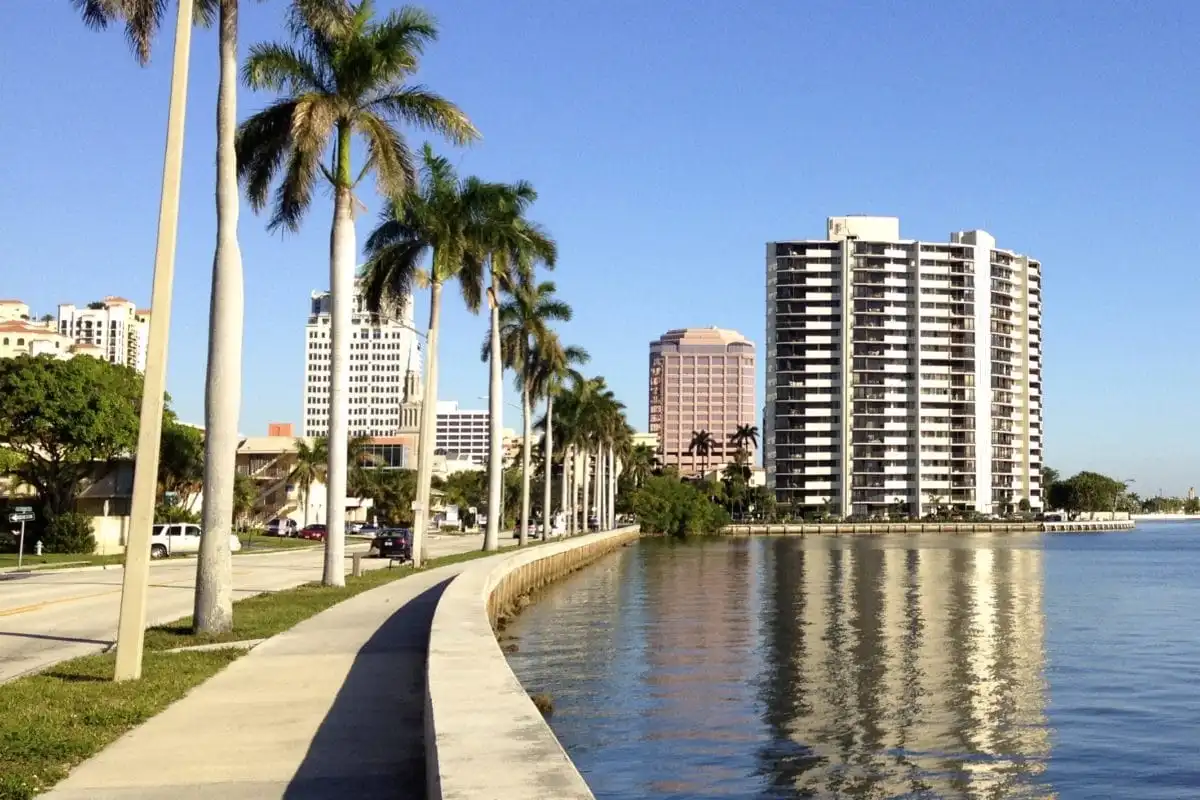Florida's Hidden Tax Trick: How Grazing Cows Are Saving Developers Millions
The Loophole: From Farm Protection to Developer's Goldmine
In the sun-drenched landscapes of Florida, a decades-old law designed to protect farmers has morphed into a lucrative tax avoidance strategy for property developers. The Greenbelt law, originally enacted in 1959 to preserve agricultural lands, has become a sophisticated tax manipulation tool that's costing local counties millions in lost revenue.
Implemented to shield farmers from crippling property taxes, the law allows landowners to pay dramatically reduced taxes by maintaining agricultural use. However, developers have discovered a ingenious workaround: strategically leasing land to cattle grazers to dramatically reduce property tax bills on land intended for future development.
The Shocking Numbers: Millions in Lost Revenue
A recent investigation by Suncoast Searchlight revealed the staggering scale of this tax strategy:
- Developers deprived Sarasota and Manatee counties of at least $6.6 million in tax revenue in a single year
- By claiming Greenbelt status, developers erased almost 97% of taxable value on properties worth over $500 million
- Some notable examples of tax avoidance:
- Neal Communities paid just $55 in property taxes on a 6.4-acre site purchased for $2.2 million
- Schroeder-Manatee Ranch paid only $9 in taxes on 6 acres valued at $1.9 million
- A Medallion Home subsidiary paid $442 in taxes for 59 acres already zoned for residential development
How the Loophole Works: The "Hertz Rent-A-Cow" Strategy
Developers have mastered a simple yet effective approach:
- Purchase land intended for future development
- Lease the property to cattle grazers
- Apply for Greenbelt agricultural classification
- Benefit from rock-bottom property tax rates
- Wait until ready to develop the land
Former Florida senator Steve Geller sarcastically dubbed this the "Hertz Rent-A-Cow" strategy, highlighting how easily the system can be manipulated. The law's broad language allows developers to claim agricultural use with minimal actual farming activity.
Impact on Local Communities
The consequences extend beyond lost tax revenue:
- Local governments struggle to fund infrastructure for growing populations
- Actual agricultural land continues to disappear
- The number of agricultural properties in Sarasota County has plummeted from over 900 in 2016 to about 600 last year
Sarasota County Commissioner Tom Knight described the law as "antiquated" and criticized developers for "not paying their fair share."
Developers' Perspective: Working Within the Law
Developers argue they are operating legally and that the current approach:
- Prevents premature development
- Keeps land productive during planning stages
- Ultimately generates more tax revenue through future construction
Jon Mast, Suncoast Builders Association CEO, stated, "These homes will bring way more property taxes."
Insights: Understanding the Greenbelt Controversy
How widespread is this tax strategy?
Developers across Florida, including major companies like Disney, have used similar tactics for decades.
Are there any efforts to close this loophole?
Previous legislative attempts have failed, with no significant reforms implemented.
Can local governments fight back?
Currently, property appraisers have limited ability to challenge these classifications due to vague state guidelines.
Is this practice technically illegal?
No, developers are operating within the current legal framework, though many consider it an unethical exploitation of the law.
What's the long-term impact on Florida's agricultural landscape?
The trend suggests continued erosion of actual farmland in favor of residential and commercial development.
Conclusion
The Greenbelt law represents a complex intersection of agricultural preservation, tax policy, and real estate development. While originally intended to protect farmers, it has become a strategic tool for developers to minimize tax burdens and maximize land value.
As Florida continues to grow, the tension between preservation and development remains a critical challenge for policymakers and local communities.













